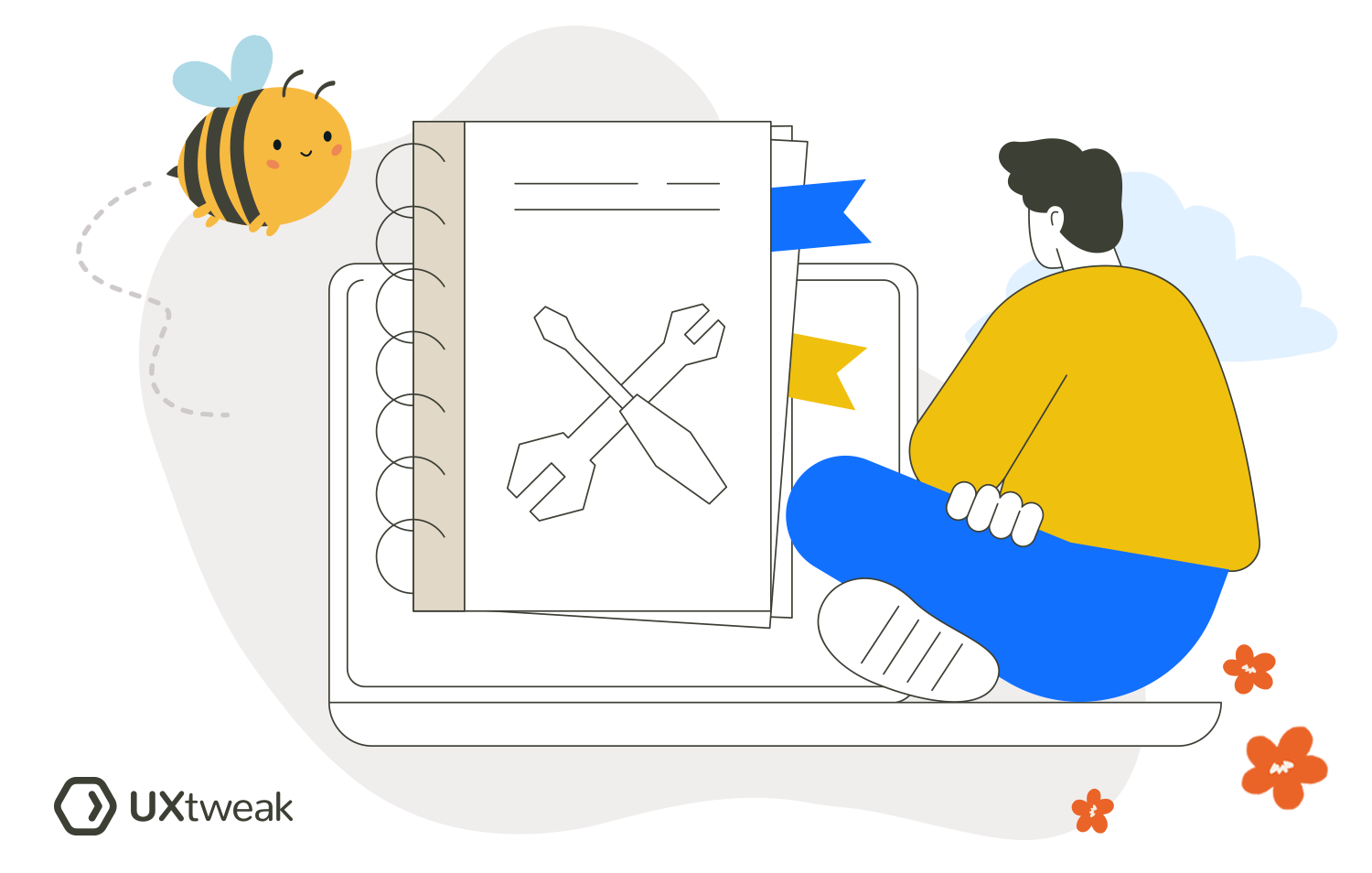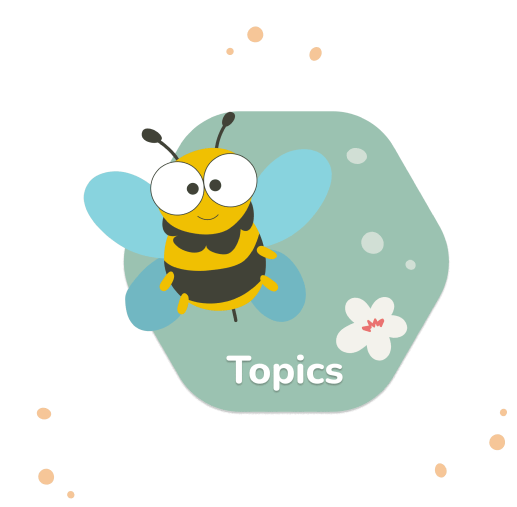Knowing how to ask right product discovery questions that get you the most relevant insights is a true art.
Your questions have to:
- Lack bias and jargon
- Be clear and straightforward
- Be problem-centric
- Be open-ended
We know it can be hard to come up with such questions on your own, so we’ve decided to help you with this comprehensive guide! We’ll provide examples of some of the most effective product discovery interview questions and explain what kind of information they can help you gather.
Let’s get started! 👇
What are the most important product discovery questions to ask?

There are different categories of product discovery questions, depending on what your goals and product are. However, there are some key fundamental questions that are crucial to answer in any product discovery process.
Let’s take a look at them and why they are important:
1. Who is our target user?
First things first, you need to find out who your users are. Answering this question will help to narrow down your audience and think specifically about how you can tailor the product to fit their specific needs. This will later increase product adoption and user satisfaction.
In order to find out who your target users are, start your product discovery process with user research. Conducting surveys, interviews and focus groups will help you gather enough insights about your target users’ needs, problems and expectations and allow to use them to inform design decisions.
2. What problem is this product going to solve?
Defining the problem your product addresses will help to clarify its value proposition and generate a deeper understanding of what key features it needs to have.
Answer to this question will provide a clear direction for your product development process and help to align it with users’ needs we defined earlier.
3. How do users currently solve this problem?
In order to come up with something new and better you have to understand what solutions already exist, their pain points and shortcomings. This will allow you to get a better idea of what areas need improvement and generate new potential solutions for the existing problem.
4. How will this product solve the problem?
This basically, will be an overview of your product’s key functionality and value it provides. Answering this question will help to define and communicate the product’s core benefits to users and stakeholders.
5. How would users describe the ideal solution in their own words?
This question is one of the most important ones as it helps to put users in the center of product development.
It will help you uncover users’ expectations, preferences and opinions on what a potential solution should look like. By asking this question you’re minimizing the risk of creating a product that misses the mark.
6. Does a similar solution already exist, and if so, how does it compare?
Analyzing competitors helps you understand the competitive landscape and decide on how your product will stand out.
Additionally, it will guide your positioning strategy and give you a great overview of what your competitors are failing and succeeding at, allowing you to incorporate those insights in the process of creating your own product.
7. What are the must-have versus nice-to-have features?
Product discovery is the perfect stage for prioritizing essential features from optional ones. This process is crucial for efficient resource allocation.
Define what are your product’s key features and start the design and development process from them. If your budget is low, consider starting with an MVP and then moving to a more complex product.
8. How do we envision the user journey?
Creating a user journey map is essential for visualizing how users will interact with your product at different stages, from discovery to engagement. It will help you pinpoint potential issues and confusion points, therefore, gives more opportunities for enhancing the user experience.
9. How frequently would our customers use this product or feature?
This information will be essential later on in the development process. Different usage frequency requires different design and engagement strategies. By asking this question as a part of product discovery you’re able to plan those critical details ahead and match your target audiences’ usage patterns.
10. How will we gather feedback during the beta or initial launch phases?
The last crucial step is to decide on how you will collect user feedback throughout the design and development process. This will help to approach the process strategically, maintain user-centeredness and ensure the feedback is ongoing.
Product discovery interview questions to know your users

As one of the main UX design principles says: “Know what your users want”. Understanding your users is fundamental for those who want to create products users truly resonate with. These questions can help you gather insights about how users interact with your product, what products they are trying to solve with it, as well as their main pain points and needs.
By gathering this information, addressing and implementing relevant changes you can ensure that your product will provide exceptional user experience, be successful among the target audience and resonate with their specific needs.
Use those product discovery questions in surveys and interviews to get to know your users better:
- What tasks are users trying to accomplish with our product or a similar product?
- How do users define success in the context of our product?
- What barriers or challenges do users encounter in their current workflow?
- What emotions do users associate with the problem our product aims to solve?
- In what environment or context will users primarily use our product?
- What external pressures or constraints influence users’ decisions regarding our product?
- How do users prioritize features or benefits they desire in a solution?
- Which user groups have the most influence or decision-making power in purchasing?
- Are there user needs that are currently unmet by existing solutions?
Product discovery questions to assess problem-solution fit
This type of questions is dedicated to evaluating the alignment between your product and the users’ problems. It basically helps you find out how well your product solves users’ problems, as well as pinpoint areas where you can do better.
If the answers show that your product doesn’t bring any positive changes to the life of your users this may be a sign you have to rethink your strategy and build something more meaningful.
Use these questions to assess your product’s problem-solution fit:
- Are users achieving their intended tasks faster or more efficiently with our product?
- How has our product impacted users’ daily routines or workflows?
- What workarounds do users employ even when using our product?
- Have critical pain points identified by users been addressed in our solution?
- Is the feedback from users predominantly about improvements or new features?
Product discovery question to know your competition
We already mentioned that competitive analysis should be an integral part of your product discovery process. Now let’s take a look at what questions can help you assess competitor’s offerings and compare them to yours.
By using some of the example questions below you’re able to easily identify the weaknesses and strengths of your competitors, learn from their mistakes, make your own product better and stand out on the market.
Use these questions to analyze your competitors:
- What features of competitors’ products are most appreciated by their users?
- How are competitors positioning themselves in the market?
- Which competitors are gaining the most traction or growth recently, and why?
- What is the churn rate for competitors, and what reasons are cited by their former users?
- How do the business models of competitors compare to ours?
- What partnerships, integrations, or collaborations have competitors established?
- In which areas do competitors invest the most in terms of innovation?
- How do competitors handle negative feedback or product issues?
- Are there niche segments that competitors are overlooking or underserving?
Product discovery questions to make sure users will buy your product and continue as customers

Understanding user’s purchasing behavior and post-purchase engagement is essential for building a sustainable customer base. By asking these questions you’re able to get a clear picture of user perceptions of value, pricing, and the overall purchasing experience.
This helps to understand what else you can do to increase customer retention, discover if there’s any post-purchase support needed and how you can eliminate the concerns customers might have before buying.
Use these questions to discover new ways for increasing customer retention:
- What is the perceived value of our product in comparison to its price?
- Which features or benefits are users most willing to pay a premium for?
- What external factors (e.g., market trends, regulations) might affect purchase decisions?
- How does our product fit into the broader financial landscape of our users?
- What reservations or hesitations do potential customers have before purchasing?
- How important is brand trust or credibility in users’ decision to buy and stay?
- What post-purchase support or resources are most desired by users?
- Are there clear use cases where users can see a positive ROI with our product?
Product discovery questions to ask about existing products
Asking questions about your existing product can help to uncover how users currently interact with it and what challenges they encounter. This makes it easy to spot useless or absent features and identify areas of improvement.
These questions are especially useful before a redesign or before introducing a new feature. However, don’t forget that continuous product discovery on itself is a great strategic approach to constantly improving your product and keeping it relevant.
Ask these questions to uncover insights about existing products:
- Which features of our current product are underutilized or misunderstood?
- How does user engagement vary across different features or sections of our product?
- Are there frequent support requests or issues with specific areas of the product?
- How is the overall performance or speed of our product perceived by users?
- Which parts of our product receive the most positive or negative feedback?
- Are there common themes or trends in user feedback over time?
- How seamless are integrations or interactions between our product and external tools/platforms?
- What are the training or onboarding challenges faced by new users of our product?
- Have there been significant shifts in user behavior or engagement in recent updates?
Ready to ask those product discovery questions?
Now that you know what questions to ask for effective product discovery, why not go ahead and do it? Reach out to your users, collect their opinions and feedback, act on it and create a product they’ll love!
And for creating and distributing your product discovery surveys, try UXtweak! Our robust survey tool allows you to create all kinds of surveys to gather and analyze insights from your users.
Register for your UXtweak account and give it a try!



